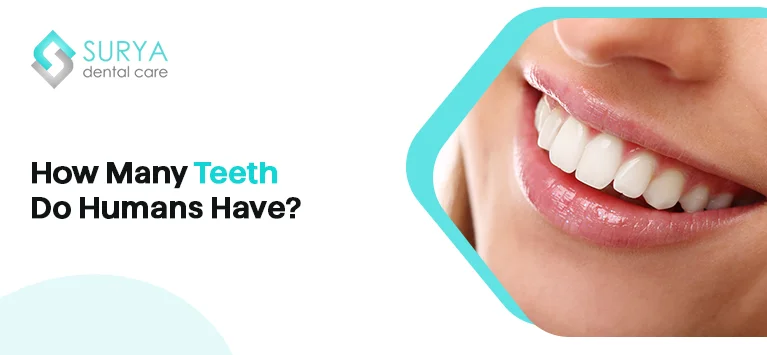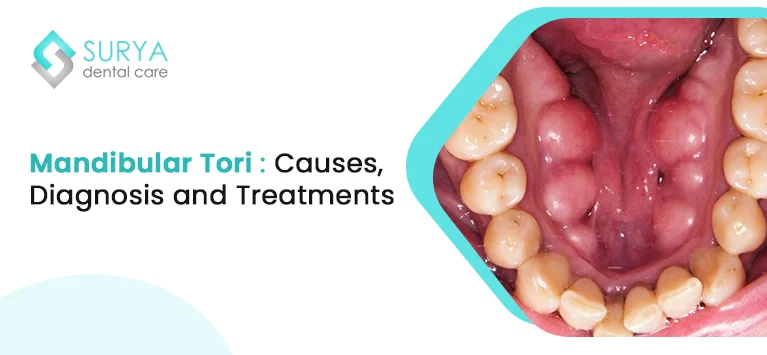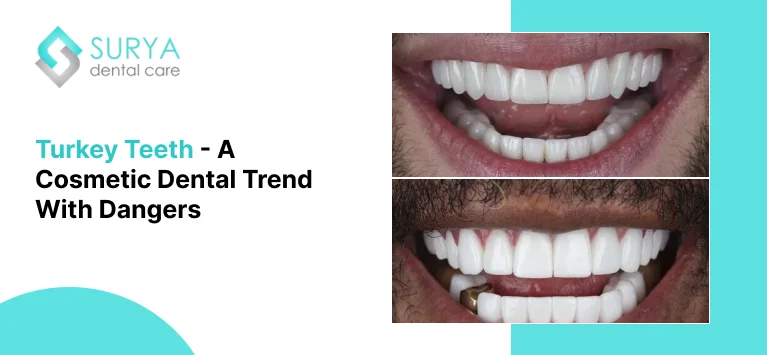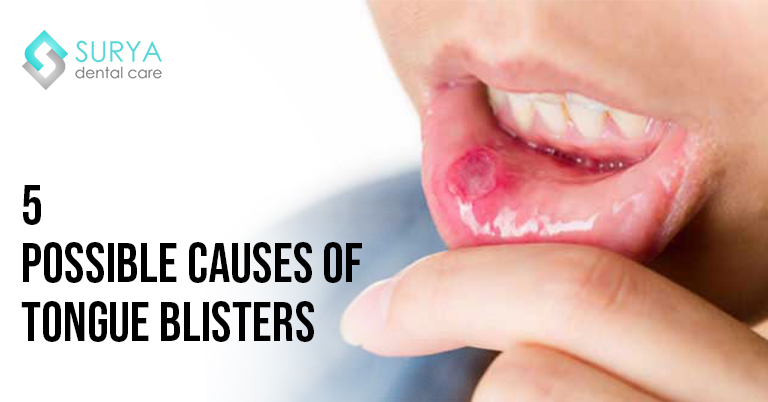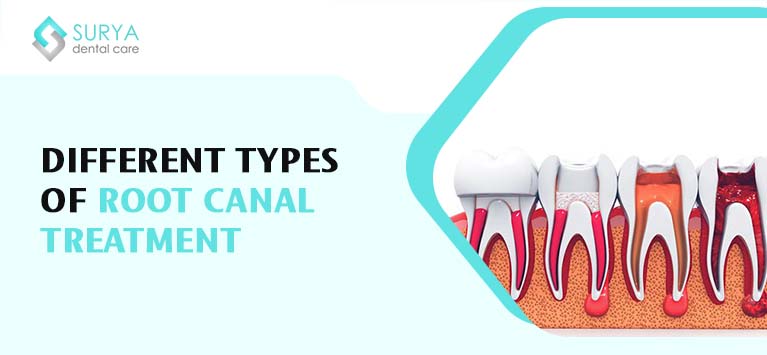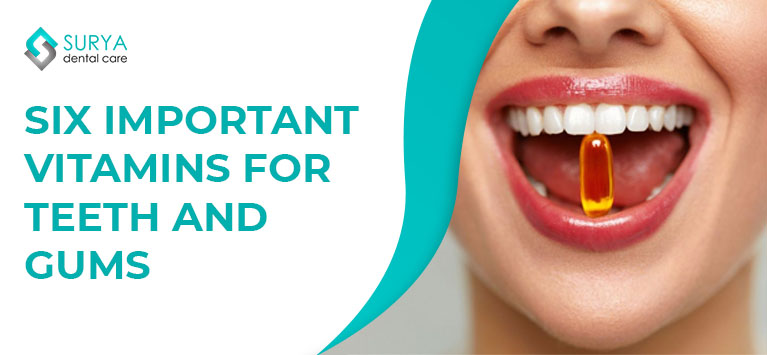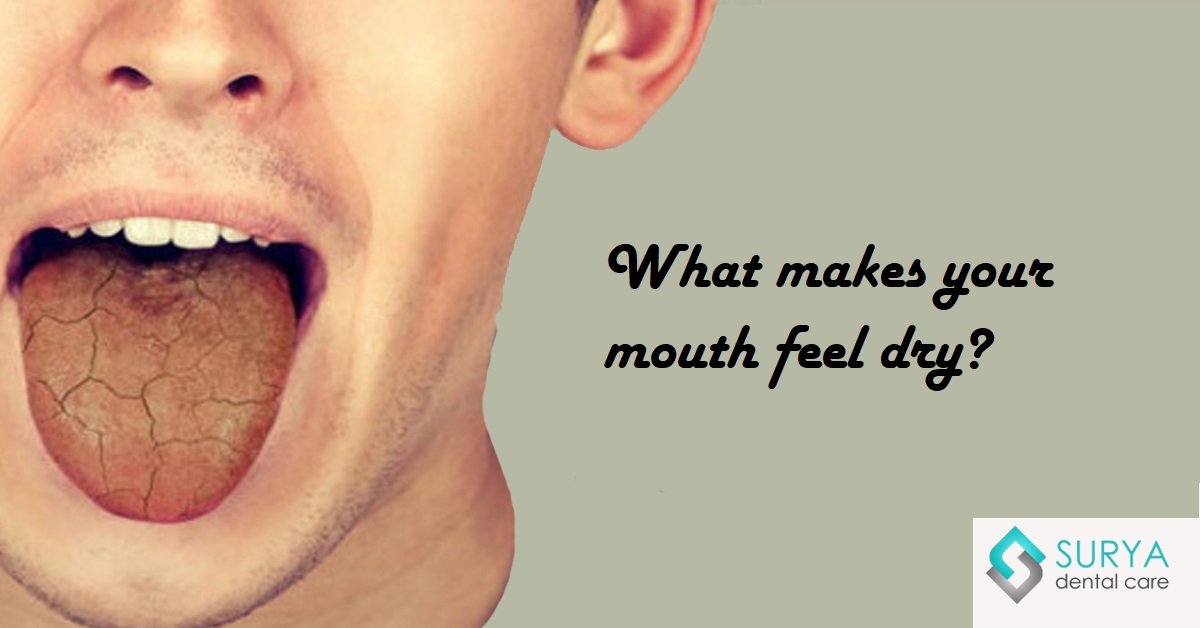There are various interesting facts about teeth. The most common question is, “How many teeth should I have?”. The short answer is that humans have 20 baby teeth, also known as primary teeth. After exfoliating baby teeth, they develop 32 secondary teeth, also known as adult teeth. These teeth are of various types, each with its function and shape. This blog post explains the different functions, locations, and numbers of each kind of tooth present in the mouth.
Types of Teeth
Humans have four main types of teeth
- Incisors
- Canines
- Premolars
- Molars
Incisors
There are eight incisors(Front teeth) in the adult oral cavity, four of which are located in the upper jaw (maxillary incisors) and the remaining four in the lower jaw (mandibular incisors). The primary functions of incisors include:
- Cutting or shearing food with their sharp incisal edges.
- Pronouncing words while talking.
- Supporting lips by maintaining them in their correct position.
Canines
Canine teeth are located next to the incisors and first molar teeth. They are also called eye teeth as they are located under the eye socket. Canines appear between the ages of 17 and 23; after 23, most adults will have full-fledged canine teeth. These canine teeth help in cutting and tearing food into small bits, speaking, and pronouncing, and they also help in maintaining teeth positions during jaw motions.
Premolars
Premolars are also called transitional teeth because they transfer food from the front of the mouth to the back of the mouth for proper food breakdown. These premolars are located between the canine teeth (in the front) and molar teeth (in the rear). Humans have four sets of premolars (two per set), with two sets in the maxillary and two on the mandibular.
Molars
Molars are the most prominent and robust flat teeth at the end of the mouth. They develop late compared to other three types of teeth. Normal adults have 12 molars, with three on each side of the upper and lower jaw. There are three types of molars:
- First Molar – teeth erupt between 6 – 7 years.
- Second Molar – teeth erupt between 12 to 13 years.
- Third Molar or wisdom teeth – teeth erupt between 17 and 21 years.
Among these three types, dentists always recommend removing wisdom teeth as they may become impacted wisdom teeth (blocked during their growth) or damage the jaw bone. The First molars behind our premolar teeth are very important as they play an essential role in the appearance of the face. These premolars help in occlusion and closing and lining up of the jaw.
Primary Teeth (Baby Teeth)
Babies are born without teeth but typically develop their first teeth around six months. When a child reaches 2-3 years old, they will have a complete set of 20 primary teeth. These teeth are smaller and whiter than the permanent teeth, and the Primary teeth will exfoliate as the permanent teeth start to erupt.
The primary teeth include
- Eight incisors (4 on the top, four on the bottom)
- Four canines (2 on the top, two on the bottom)
- Eight molars (4 on the top, four on the bottom)
Secondary Teeth (Adult Teeth)
Around 6 or 7, the primary teeth start to fall out, and the permanent teeth emerge. By the time a person reaches adulthood, they will have 32 secondary teeth. Secondary teeth are usually much darker than primary teeth as they have thick enamel and dentin layers.
The secondary teeth include
- Eight incisors (4 on the top, four on the bottom)
- Four canines (2 on the top, two on the bottom)
- Eight premolars (4 on the top, four on the bottom)
- 12 molars (6 on the top, six on the bottom), including four wisdom teeth
Is that everyone should have 32 secondary teeth?
It’s important to note that not everyone will have all 32 permanent teeth. But at age 21, most adults can have 32 permanent teeth, 16 in the upper jaw and 16 in the lower jaw.
Some people will have less than 32 teeth because they may have their wisdom teeth removed or missing certain teeth for various reasons, such as congenital absence, tooth extraction, or dental trauma. Also, wisdom teeth may grow from age 21 to 25 for some.
Caring for Your Teeth
Good oral hygiene is essential for the health and longevity of teeth, whether primary or secondary. You should brush your teeth twice daily, floss daily, and visit your dentist regularly for check-ups and cleanings.
Takeaway
Teeth are essential for digestion, bone structure, talking, jaw lining, eating food, and supporting the lips. Each type of tooth has its function and shape. So, it’s essential to maintain every tooth by regular flossing and brushing. It would help to visit your dentist regularly to avoid toothache, decay, and impacted wisdom teeth. Maintaining your teeth in shape and maintaining hygiene is essential to keep your teeth and mouth healthy.
FAQs
In primary dentition, also known as baby teeth, there are no premolars. Children typically have 20 primary teeth, which include 8 incisors, 4 canines, and 8 molars. Premolars emerge later as part of the permanent dentition, usually starting around age 6.
Adults typically have 32 teeth, which include 8 incisors, 4 canines, 8 premolars, and 12 molars (including 4 wisdom teeth). However, some adults may have fewer teeth if they have had wisdom teeth removed or other teeth extracted due to dental issues.
Humans have two sets of teeth—primary (baby) teeth and permanent (adult) teeth—because children’s jaws are smaller and cannot accommodate a full set of adult teeth. The primary teeth help with chewing and speech development, while the permanent teeth replace them as the jaw grows.
Humans have four main types of teeth: incisors, canines, premolars, and molars. Incisors are flat and used for cutting food, canines are pointed for tearing, premolars have a broader surface for grinding, and molars are larger and designed for crushing food.
An adult should typically have 12 molars, which include 4 wisdom teeth. This consists of 6 molars in each quadrant of the mouth: 2 first molars and 2 second molars. However, some individuals may have fewer if they have had wisdom teeth removed.
The average adult human has 32 teeth, including 8 incisors, 4 canines, 8 premolars, and 12 molars (with 4 being wisdom teeth). However, variations exist due to extractions or congenital absence of teeth, leading to some adults having fewer than 32 teeth.
Humans typically have 4 canine teeth, with 2 located in the upper jaw and 2 in the lower jaw. These pointed teeth are situated next to the incisors and play a crucial role in tearing food, making them essential for effective chewing.

